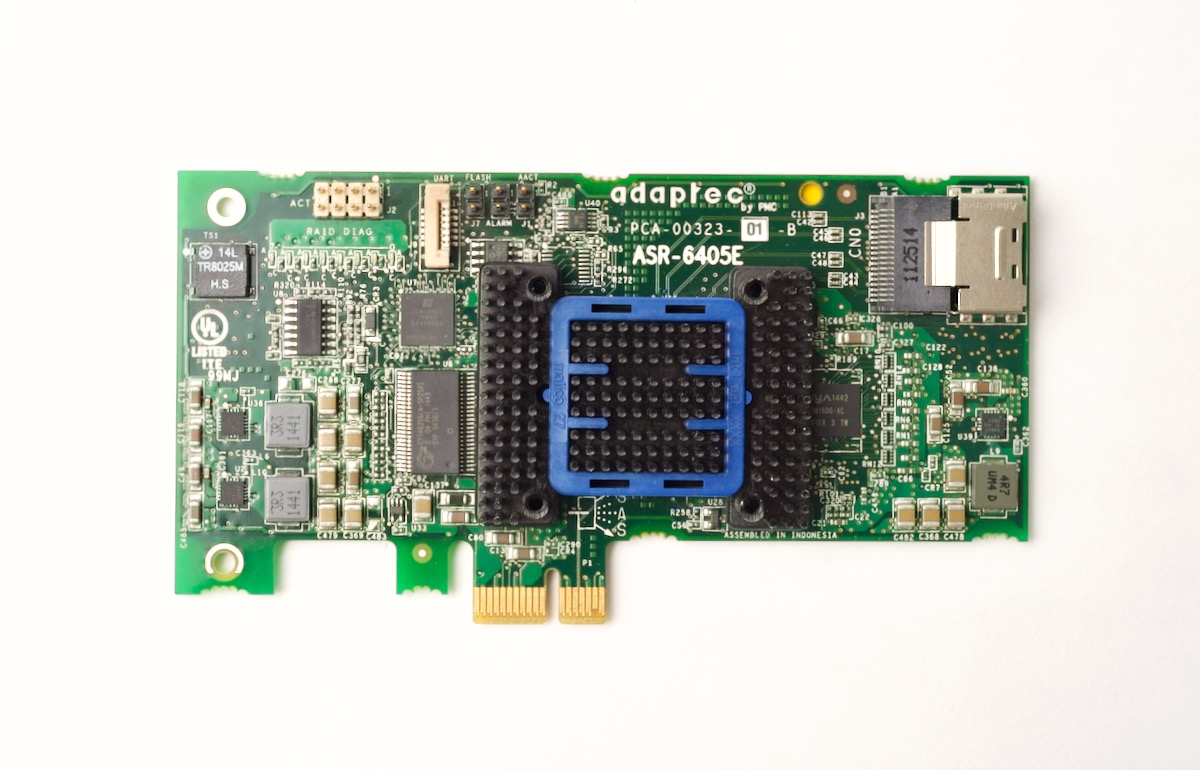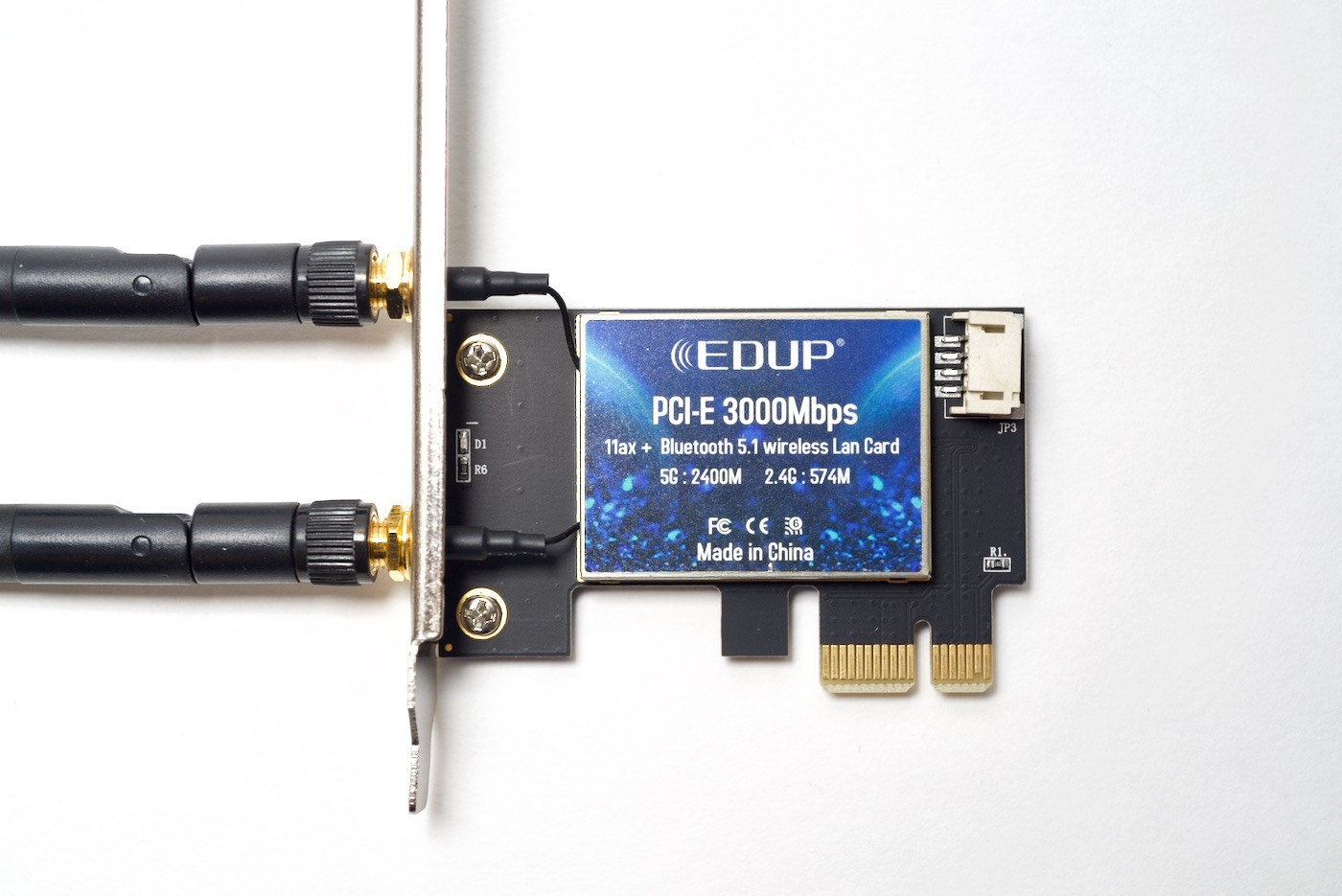Hi Jeff,
I'm probably not the first person to have thought about this, but as far as I understand, it should be perfectly possible to develop a motherboard with a microATX form factor that offers all the typical I/O that an x86 motherboard usually provides, which you can then plug a Raspberry Pi Compute Module 4 into.
It could have an integrated PCIe multiplier, internally wired to a couple of PCIe 1x slots, as well as an M.2 slot for NVMe SSDs and an integrated USB 3.0 hub. Additionally, all the I/O that comes standard on the Compute Module (2x HDMI, ethernet, USB 2.0, audio in/out, etc) could be exposed through ports on the back of the board, with a standard ATX backplate for it included of course.
And lastly, it would of course have a standard 24-pin ATX power connector on the board, so you could use it with any regular ATX PSU.
It would enable people to finally build an affordable ARM64-based upgradable desktop PC, with the possibility to upgrade not only expansion cards, but also the Compute Module itself, once future versions of it are released.
I can't think of anything that would make something like this unfeasible, but perhaps there are some technical aspects that I haven't taken into account here?
Anyway, assuming this would indeed be a feasible product to develop, it would require people with high level electronics and board design skills to design, prototype, test and produce such a board.
Since you are a prominent vlogger about all things Raspberry Pi related, and you've been exploring with the PCIe capabilities of the Compute Module 4 in particular, perhaps you could dedicate a video to this idea and invite people with the required knowledge to start on a project like that, or at least carry out a little feasibility study on it.
I unfortunately lack the skills to work on the hardware side of such a board, but I'd definitely fund such a project! 😃
Thanks for considering this whacky idea.































